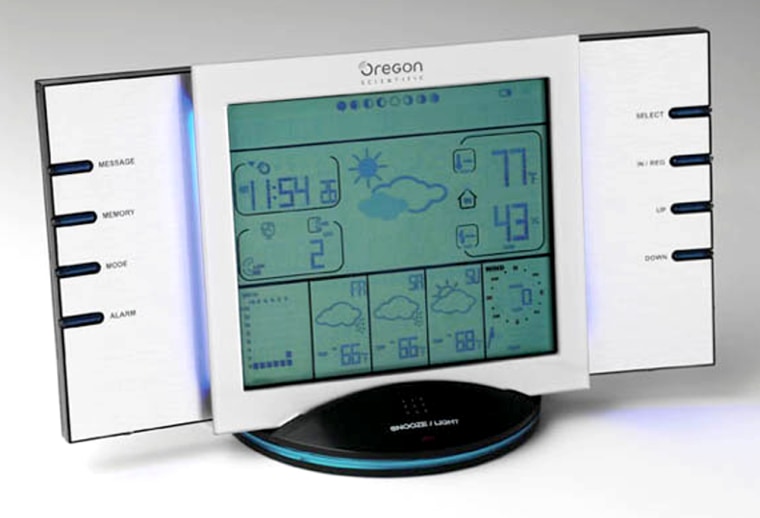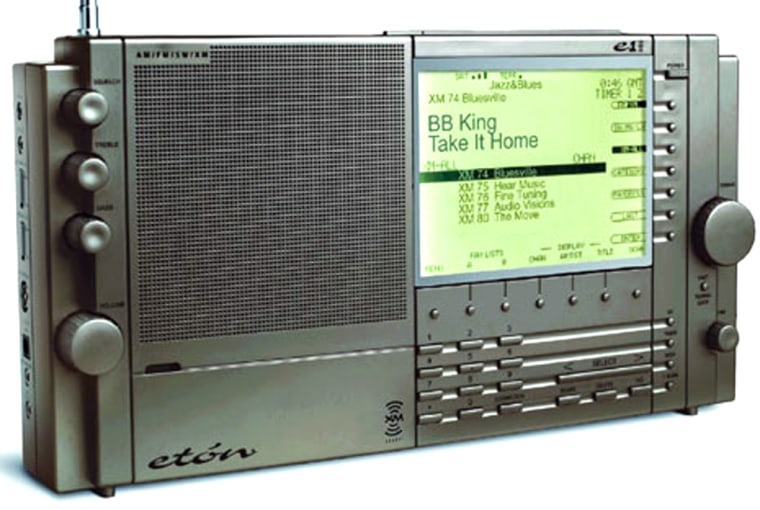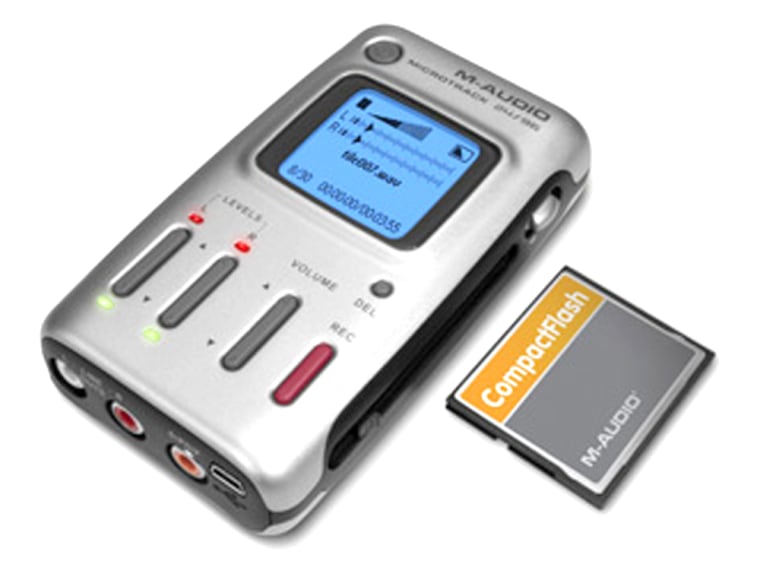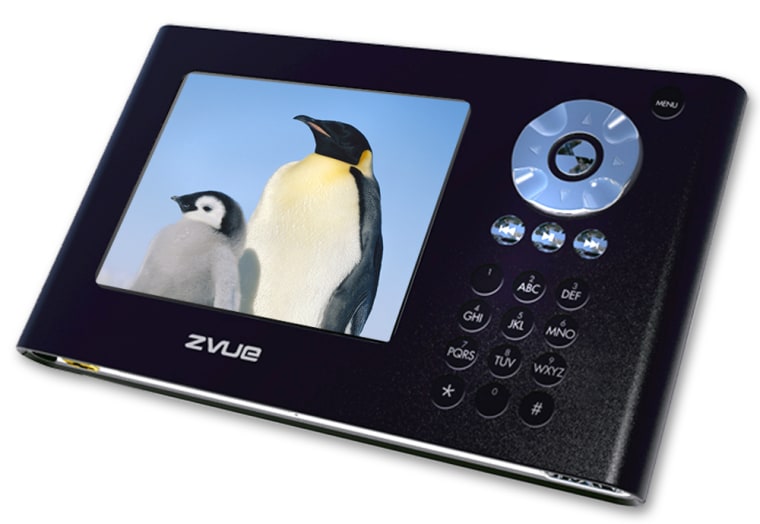Portable video devices are big business at this year’s Consumer Electronics Show. A number of companies are showing off their new wares which include small, battery operated video players of all different shapes and sizes.
There is a slew of new devices that run on the latest Windows Media Center software, new designs from European manufacturer Archos and of course the new video iPods from Apple.
But it’s the new line of ZVUE portable devices from HandHeld Entertainment that caught my eye.
ZVUEs have been around for awhile. Their very small handheld video playback devices sell for $99. In the past I found both video content and battery life somewhat limited. With their new devices those problems seem to have been addressed.
The most affordable new ZVUE is the Model 200A, which now supports Windows Media Video (WMV) and audio (WMA) files — making it the least expensive handheld device on the market to do so. For $99 you get a 2.5-inch color screen, two USB slots and two earphone jacks.
There are also a bunch of new, larger format devices. The most interesting is the top-of-the-line Model 500 which features a 3.5 inch-color LCD screen (320 by 240 pixels), support for videos up to 30 frames per second, 1GB of onboard flash memory, Compact Flash and SD/MMC card slots, a rechargeable lithium-ion battery pack and 802.11a/b/g Wi-Fi. Estimated price should be less than $300.
Microsoft’s SPOT watch division is also here, proudly showing off its new and expanding line of programmable wrist computers that receive all sorts of news, weather and sports information as well as the time. (MSNBC.com is a Microsoft – NBC joint venture.)

But the device that caught my eye was the combination table clock/weather station from Oregon Scientific. It uses wireless SPOT technologies to provide you with detailed regional weather information, forecasts and warnings. The device will be priced under $200.
Plenty of radios, both terrestrial and satellite, can be heard playing/blaring in the halls of the Las Vegas Convention Center. One of the most interesting is Eton’s E1 radio — originally named the Grundig Satellite 900.

A large-sized portable, the E1 combines AM, FM, shortwave bands as well as XM Satellite radio. Later this year you’ll be able to add HD (digital AM and FM) to that impressive list. If you can’t find something to listen to on this radio, you’re probably out of luck. The E1 runs on AC power or four D-cell batteries, weighs in at more than 4 pounds, retails for $700 and sells for just under $500.
Among the interesting new software I saw at the show was a new Web browser add-on named Browster. This free plug-in adds what seems to be a smarter, quicker way to deal with online search results, whether you're on a shopping site or using a search engine such as Google or MSN. It offers an easy way to navigate through all the links/results you receive when you’re trying to find something, without having to hit the "back" button all the time.
The wireless networking people at Buffalo Technology were introducing their small LinkTheater Mini box. It’s a home entertainment device that allows users to view digital content (video, music and photos) on any product using the new DLNA standard.
DNLA (Digital Living Network Alliance) is a series of guidelines and standards that is meant to allow new home entertainment devices to easily talk to each other. That includes making PCs and network storage devices accessible from anywhere in your home. If you’ve ever tried to install these devices and tried to get them to work together you’ll be rejoicing at the new standard.
Buffalo’s LinkTheater Mini will retail for $99 making it the first multimedia home entertainment device to break the $100 barrier.
Lastly, the experts at M-Audio have been boasting about their tiny, professional, digital audio recording studio that fits in the palm of your hand.

The Microtrack 24/96 is capable of making professional quality stereo recordings in the field. You then drag-and-drop the file (via USB 2.0) to your computer (PC or Mac) or post the file directly to the Web. You can save your 2-channel WAV or MP3 files on CompactFlash cards or CF-sized microdrives.
It can record via balanced line inputs or built-in high-fidelity microphone preamps complete with phantom power for studio-quality microphones. You can even monitor your recordings via the high-quality headphone output. The Microtrack runs on rechargeable lithium-ion batteries or a USB power adapter and sells for $499.95.
